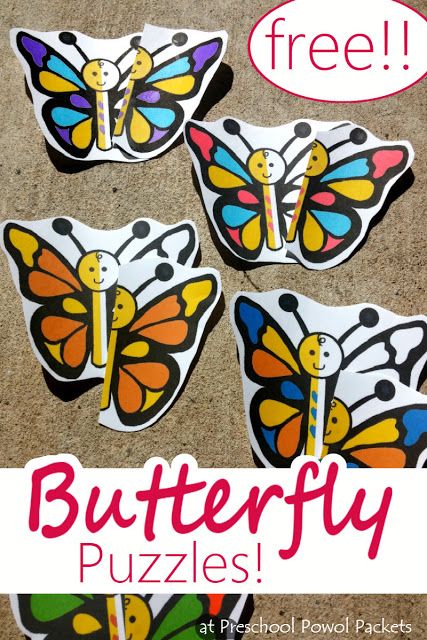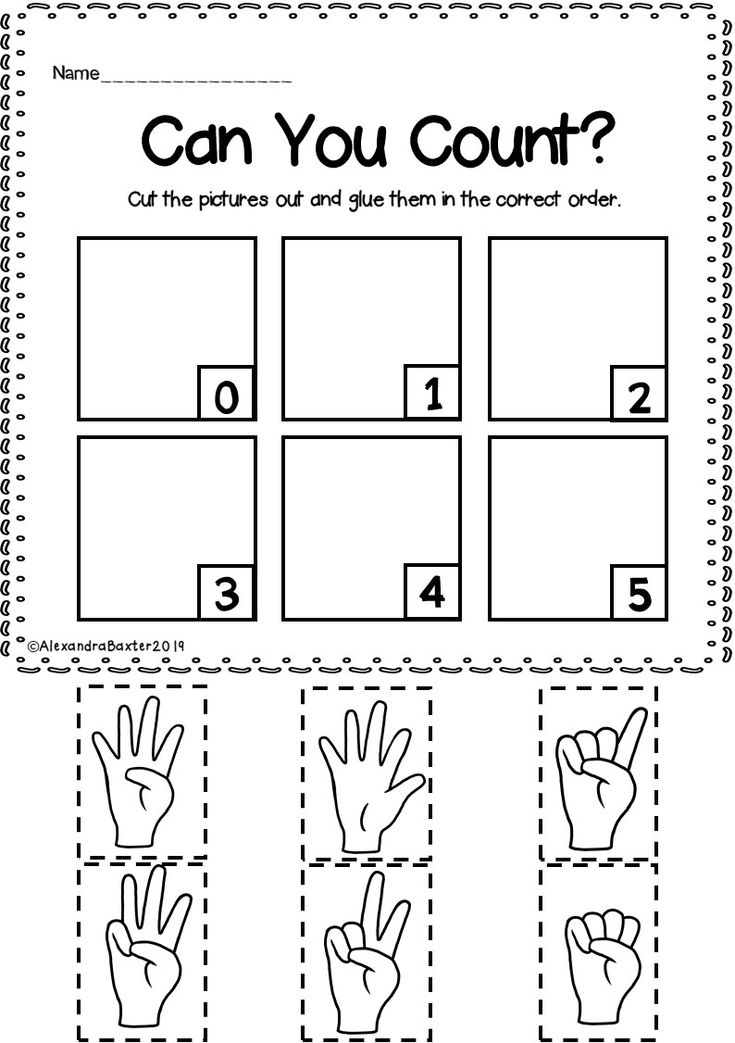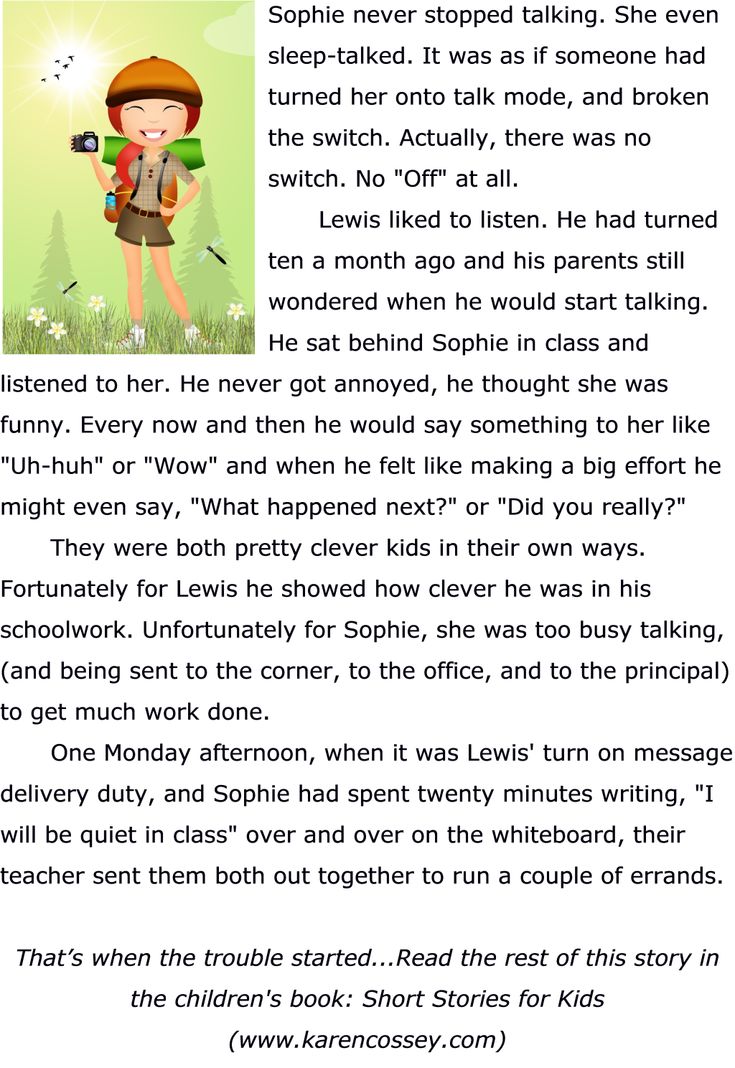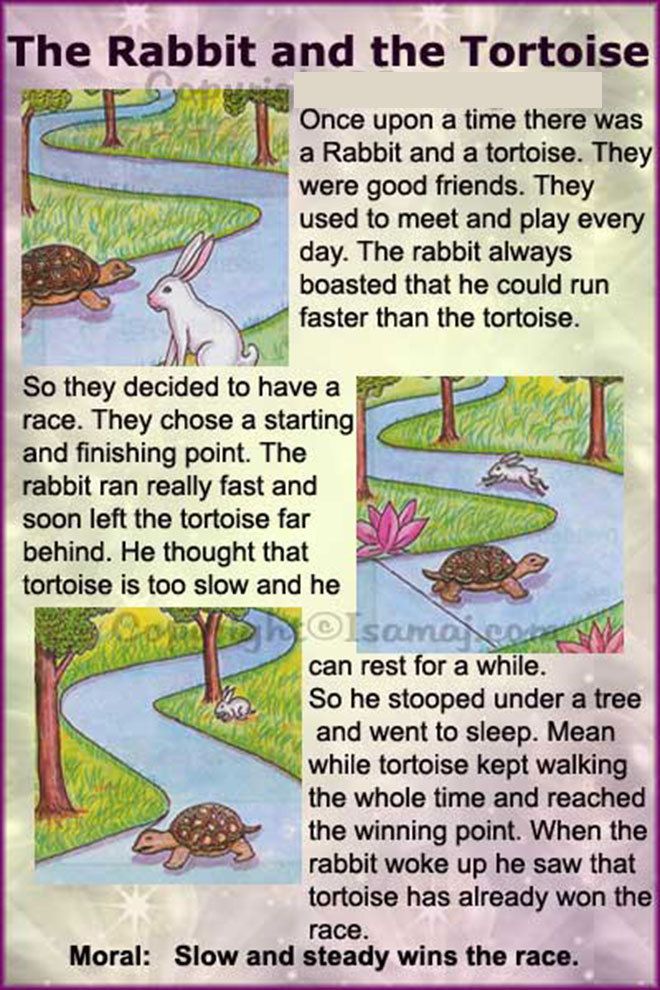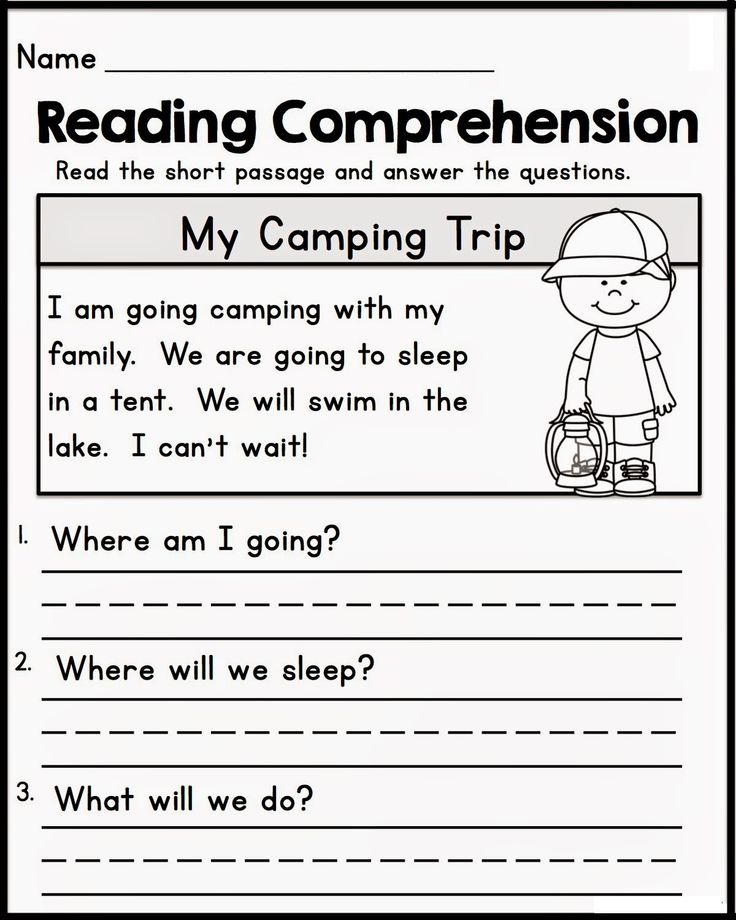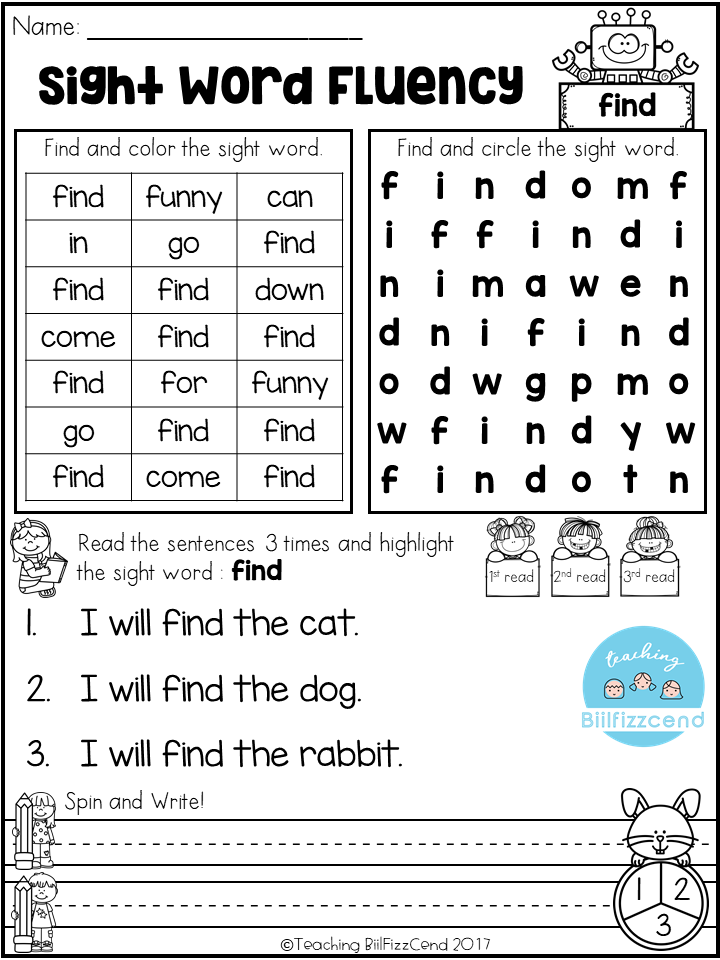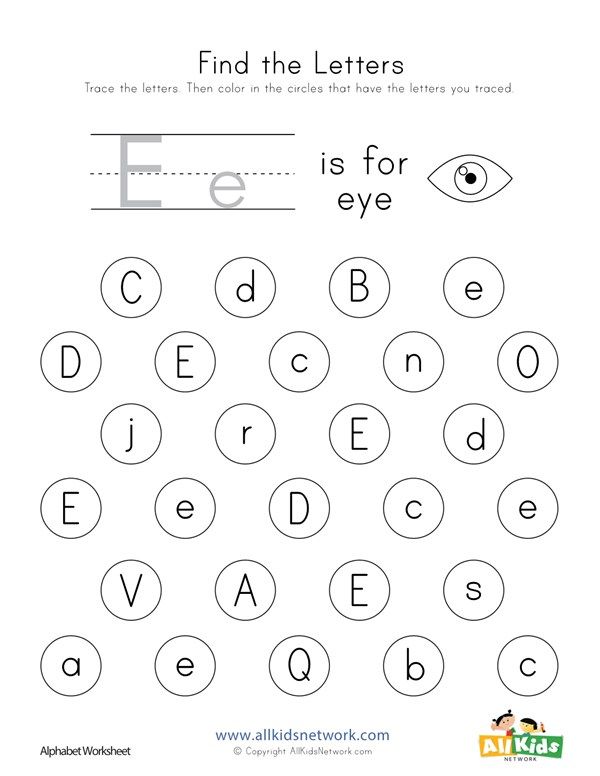Learn while having fun
Why Fun, Curiosity & Engagement Improves Learning: Mood, Senses, Neurons, Arousal, Cognition
There is ample anecdotal evidence that shows listening to a fun lecture or lesson is great for learning. It’s intuitive. Having fun & interactive learning sessions does improve learning on the whole and engender a positive attitude toward learning. It’s one of the reasons why MOOCs are popular.
But why does this happen? Why does having fun, enjoyment, engagement, curiosity, and liveliness improve the learning experience? And more generally, why does a good mood enhance our ability to learn? The results are in and we know a few things.
Now, let us get into the why. I’ve split the answer into 3 sections. One, why mood affects learning. Two, why engaging our senses is better for learning. And three, how do brain resources affect learning.
I’ve also included a list at the end with some ideas on how to make learning enjoyable.
TL;DR
Research shows that having fun while learning avails unique cognitive resources, associates reward and pleasure with information, strengthen and broaden memory networks, and toggle between 2 basic neural modes – one for diffused mind-wandering and the other for focused attention.
Having fun while learning avails unique cognitive resources, associates reward and pleasure with information, strengthens and broadens memory networks, and toggles abstract thinking and focused attention. Click To Tweet
- Enhancing our mood makes information pleasurable and the brain flexible
- Engaging our senses improves the learning experience and learning quality
- The Brain has ready resources for optimizing learning based on mood, relevance, emotions, & context
- How To Make Learning Fun
- Summary
Enhancing our mood makes information pleasurable and the brain flexible
A good mood improves the value of perceived rewards like the gratification of new knowledge, accomplishment, etc. In essence, an improved mood increases the intrinsic reward felt by people while doing an activity. It also helps them go in the flow state – popularly known as “the zone.”
In essence, an improved mood increases the intrinsic reward felt by people while doing an activity. It also helps them go in the flow state – popularly known as “the zone.”
An improved mood-state creates a new emotion-based component for an experience. This component attaches itself to various aspects of learning – thinking, memory, judgments, etc. Because of the attachment, it reinforces the memory and makes it easier to remember. Getting in a similarly good mood can also help you to remember more information associated with that mood
Research also shows that a relaxed mood makes the brain more strategic in using its resources for processing information and paying attention. It does this via electrical activity signaling a neutral network of related ideas (neurons) making people more creative and develop a richer context in learning. In short, it increases cognitive flexibility. Another related reason for flexibility is that there is lesser interference from a pre-occupied emotionally burdened mind which reallocates resources in unexpected ways.
An enhanced mood increases dopamine (associated with reward, satisfaction, motivation, movement, and learning) in the prefrontal cortex (PFC). The PFC is one of the most advanced regions of the brain which takes care of attention, memory, comprehension, decision, humor, planning, etc. These are called the executive functions; they sit at the helm of our being, pun not intended. When the head is motivated with dopamine, learning feels pleasurable, enjoyable and rewarding. Again, pun not intended.
There is one other specific consequence of having a good mood & fun while learning – when focusing on the big picture, a good mood will increase the quality of a broad focus; when focusing on the small details, a good mood will increase the quality of a narrow focus. So how does a good mood influence learning? In essence, a positive mood enhances your attention wherever you are giving it. A negative mood does the opposite.
Positive emotions broaden our attention’s capacity and help us draw more mental resources, increase access to memory networks, semantic relationships, and motivate flexible as well as efficient thinking.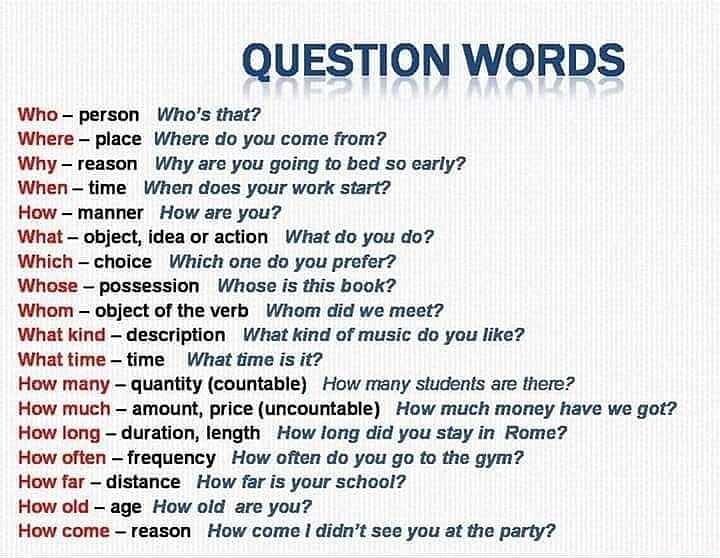 It also makes us more inclusive toward information and more accepting of it. Instead of rejecting information as useless or irrelevant, positive emotions set the stage to accept that information and see how it makes sense to us. Positive emotions put us on a positive growth trajectory and help us build skills as well as psychological, biological, and social resources. Together, this theory is called the “broaden and build” theory and has amassed a large amount of experimental evidence.
It also makes us more inclusive toward information and more accepting of it. Instead of rejecting information as useless or irrelevant, positive emotions set the stage to accept that information and see how it makes sense to us. Positive emotions put us on a positive growth trajectory and help us build skills as well as psychological, biological, and social resources. Together, this theory is called the “broaden and build” theory and has amassed a large amount of experimental evidence.
Engaging our senses improves the learning experience and learning quality
Our senses don’t function independently. Information from all our senses comes together whether or not it is relevant at that moment. All of that information combines and then we perceive it. It is one of the reasons why our brain & mind is closely tied to the body – all the senses and our mind are thoroughly integrated with each other. When we use just one sense, the other senses are sending in noise. When we utilize more than one sense, we are giving additional meaning to that experience. We remember it better because a)stronger neural connections are formed & b)information from multiple senses is bound together. This is why reading subtitles and listening to the audio on Netflix is easier than just audio. The phenomenon is called
cross-modal congruence.
When we utilize more than one sense, we are giving additional meaning to that experience. We remember it better because a)stronger neural connections are formed & b)information from multiple senses is bound together. This is why reading subtitles and listening to the audio on Netflix is easier than just audio. The phenomenon is called
cross-modal congruence.
Whenever 2 congruent things are paired, they become easier to digest and learn, resulting in a richer memory. A possible explanation is that congruence reduces the demand on neural resources because congruent things support each other and have a common denominator. Like subtitles and voice; they mean the same, support each other, and have a common language denominator. Congruence is a built-in abstract system that facilitates memory and learning. For example, emphatic gestures and stressing on words promote remembering those words (congruence between gestures and words). Words with a relevant photo & discussing similar things one after the other utilize this congruence to amplify the intensity of information. Congruence also amplifies and enriches your experience of food (via senses) and written information (via fonts).
Congruence also amplifies and enriches your experience of food (via senses) and written information (via fonts).
A stressed-out brain & body keeps our nervous system activated for a fight, flight, or freeze response. This state arouses/excites the nervous system to be “ready” for anything that happens next. There is a sweet spot where our nervous system is aroused just enough to absorb maximum information. Any more and our body goes into pooling in all it’s resources to cope with stress and block out all neutral and unrelated information. Any lesser and the body goes into a passive lethargic mode. A little physical movement and sensory stimulation can excite the nervous system just enough to optimize its resources. It is important to stay relaxed and excited but not too relaxed or too anxious.
Language being context-dependent, deictic references like body movements can help in holistic learning of a language. Such context-dependent elements are best understood in an embodied fashion where the thought, words, and movement are all working together to convey meaning.
Engaging the whole body in an interactive way promotes the creation of mental models and embodied representations. Mental models are how people represent an idea in their mind and embodied representations are how those ideas are related to the environment, context, and the senses. These are stored in the brain with a higher priority and more flexibility.
Humans use a rich network of brain regions for language. They include centers for movement, emotions, and speaking, and comprehension. Engaging them deliberately is a good idea as it reinforces learning by absorbing dense but related information simultaneously.
Using more senses and social interactions while learning creates a deeper encoding of information which is represented by stronger neural connections, larger networks of neurons, more components to a memory (thoughts, contexts, senses), and anchor points which help in grounding that information in what people call “knowledge.”
The Brain has ready resources for optimizing learning based on mood, relevance, emotions, & context
Every new learning forms new connections in the brain or strengthens old connections (plasticity).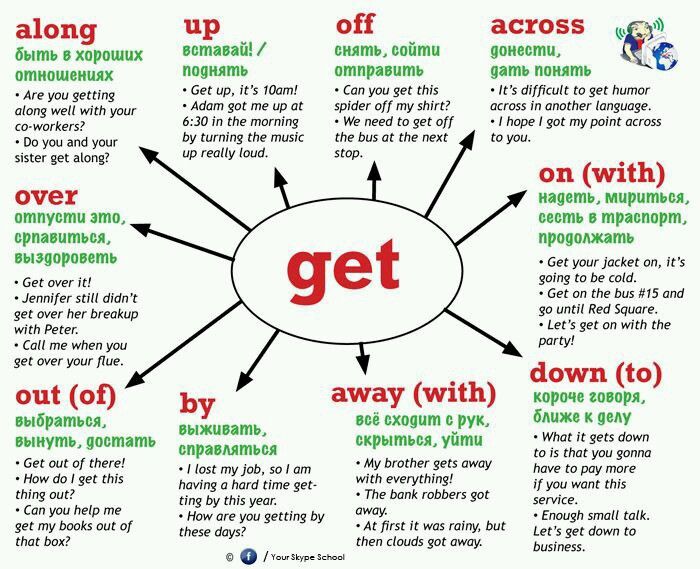 Repetition, using more senses, giving a context, adding personal meaning, relating information to other ideas, etc. makes the neural circuitry efficient and reliable–that means, better learning, memory, and remembering. This efficiency increases through a process called myelination – deposits of fat on a neuron. This fat allows electrical signals to jump faster along its length (the axon). Another part of this efficiency is a well-networked branching-out of neurons that form a beautiful lattice of connections which serve a dedicated purpose and is flexible enough to help out other brain functions. Plasticity depends on the nature of learning, a richer experience creates a richer network.
Repetition, using more senses, giving a context, adding personal meaning, relating information to other ideas, etc. makes the neural circuitry efficient and reliable–that means, better learning, memory, and remembering. This efficiency increases through a process called myelination – deposits of fat on a neuron. This fat allows electrical signals to jump faster along its length (the axon). Another part of this efficiency is a well-networked branching-out of neurons that form a beautiful lattice of connections which serve a dedicated purpose and is flexible enough to help out other brain functions. Plasticity depends on the nature of learning, a richer experience creates a richer network.
Fun and play in classroom learning reduce the rigidity of the curriculum which allows more student-autonomy. It gives a sense of control to the students. People have an innate need for growth (self-determination theory) which comes easily if there is autonomy, relatability, and a sense of competence.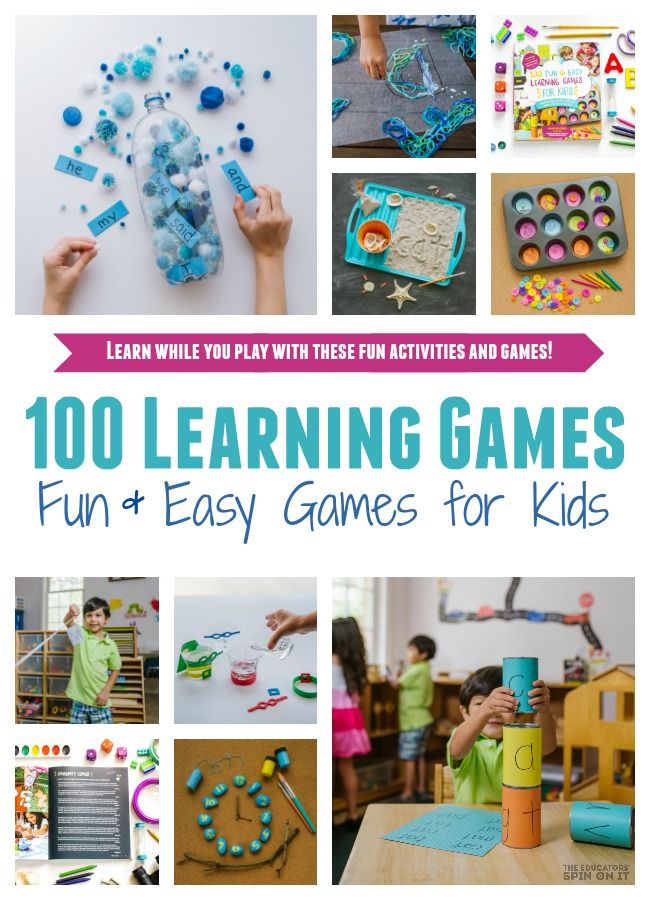 Fun and play allow a student to maximize all 3.
Fun and play allow a student to maximize all 3.
Boredom in class is like poison – it deteriorates mental health and learning. Any activity to ward off bored is beneficial because boredom is an unnatural state for the brain (the brain has evolved to be hungry and engaged, boredom is like starving it), and it is analogous to pain.
Active participation in learning (inc. socially) is a part of generative learning where participation itself creates a new layer of reinforcement over and above just “absorbing information”. Discussions, Q&A, making notes, making art, teaching, summarizing, etc. help to “generate” new learning.
Having fun, having social interactions, and sensory engagement while learning promotes plasticity (neural changes) and activates various brain regions to encode an experience with a high amount of detail. This translates into stronger neural connections with many components – memory, past experiences, new experiences, knowledge gaps, emotions, etc. Having these elements makes remembering easier because the experience has more “anchors” in the brain. These anchors function as cues to remember a large network of information. More anchors also embed the information in the brain with more stability. In comparison, just reading or listening to something creates fewer anchors.
Having these elements makes remembering easier because the experience has more “anchors” in the brain. These anchors function as cues to remember a large network of information. More anchors also embed the information in the brain with more stability. In comparison, just reading or listening to something creates fewer anchors.
Human memory has 3 important layers when it comes to learning from other people. It begins with sensory inputs (touch, sight, hearing, taste, smell, location, movement). These electrochemical signals activate their respective parts of the brain. Then, these parts connect with the speech centers to create a layer of language on top of it which describes the sensory information. Finally, once the experience is put into words, the sensory information and the language description transfers into the episodic memory – the memory of what happened, what you’ve thought, and what you’ve learned. These layers are connected with our attention so we can pay attention and focus on any of those components. Once the layers are made, each layer can again influence the other layers. That is why we can think about what we have learned in the past and re-interpret it in new words. That is how we update our learning. In essence, giving your brain more sensory food, and then giving it a touch of language-based descriptions improves memory.
Once the layers are made, each layer can again influence the other layers. That is why we can think about what we have learned in the past and re-interpret it in new words. That is how we update our learning. In essence, giving your brain more sensory food, and then giving it a touch of language-based descriptions improves memory.
Help me run this site with a donation :)
Discussions on making learning relatable have a unique advantage. The content you learn tethers itself to an already formed memory. That means, the neurons for an old memory interact and link to a new set of neurons in unique ways. This improves the memory for what you’ve already experienced and the new information you are relating it to. Relatability increases motivation, motivation increases thinking (metacognition) and thinking makes learning easier. It also adds emotional significance to specific contexts. For example, handshakes in formal meetings are appropriate but kissing a business prospect isn’t.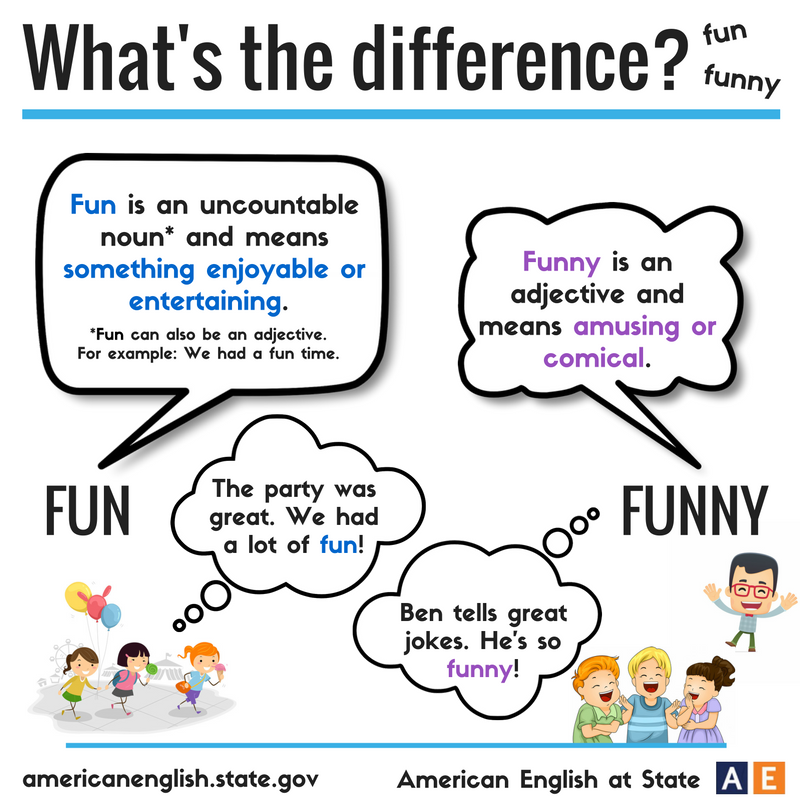 These nuances are built on experiences and emotional significance because emotions put things in motion (behavior). When students connect learning to their personal lives and non-classroom activities, it becomes a part of their self-concept. Aligning activities with your own self-concept is rewarding and fulfilling, and most importantly, self-sustaining.
These nuances are built on experiences and emotional significance because emotions put things in motion (behavior). When students connect learning to their personal lives and non-classroom activities, it becomes a part of their self-concept. Aligning activities with your own self-concept is rewarding and fulfilling, and most importantly, self-sustaining.
Being excited while learning is a good thing. A neurochemical and a hormone called Norepinephrine (noradrenaline) is released as a response to stress or excitation. One of its functions is to increase alertness, concentration, and overall energy. This represents the general arousal and excitation of the brain. Norepinephrine allows us to highlight priority information and discard useless/low-priority information from our awareness. It also creates hotspots in the brain which link to memory and emotions which are particularly ready for change – that means more neural plasticity to learn new information. Inducing arousal promotes memory formation, motivates, and improves concentration.
The brain has an affective filter called the Amygdala. It labels information with emotions and tells the rest of the brain what emotion needs to be associated with that information. Sometimes it labels information with anxiety or stress, sometimes sadness, and at other times, it is boredom or repulsion. The affective filter can block a student’s learning process by emotionally discouraging them automatically. It may prevent new information from entering awareness or higher-processing regions of the brain (PFC, executive functions). Fun and leisure elements (like movies) in a learning session reduce the intensity of this affective filter and students are more likely to take in new information and learn better, especially language skills. An increase in this affective filter prevents information from reaching the frontal cortex because brain resources are redirected toward a fight, flight, or freeze response.
One of the hubs between our senses and the more advanced parts of the brain is the reticular activating system (RAS) located just above the spinal cord.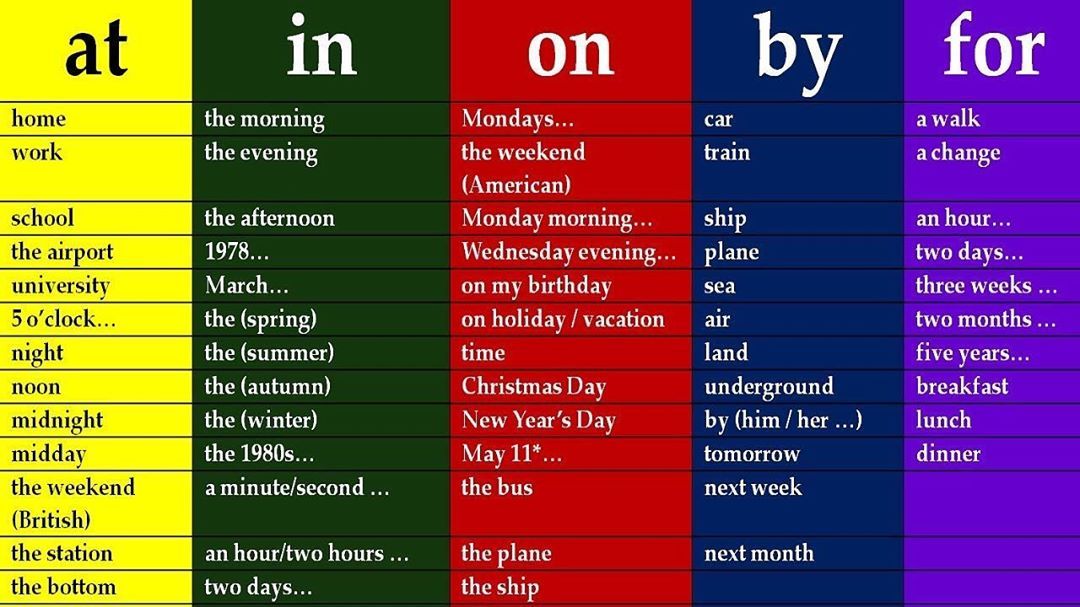 It forms a 2-way channel between the frontal lobe (executive functions like decision making, risk, attention) and the sensory neurons below the spinal cord. This hub sends all sensory information (except smell, which comes from the nose) to emotion centers, language centers, and the frontal cortex. When excited by sensory information, the RAS brings attention to novel, stimulating, and unique changes in the environment. It also directs the frontal cortex to avail more resources to deal with this incoming information.
It forms a 2-way channel between the frontal lobe (executive functions like decision making, risk, attention) and the sensory neurons below the spinal cord. This hub sends all sensory information (except smell, which comes from the nose) to emotion centers, language centers, and the frontal cortex. When excited by sensory information, the RAS brings attention to novel, stimulating, and unique changes in the environment. It also directs the frontal cortex to avail more resources to deal with this incoming information.
A special note is needed to highlight the most important players in the game. The glial cells. Everyone speaks of neurons but glial cells are the other brain cells that do all the dirty work. They are like the housekeeping staff, the doctors, the lawyers, the engineers, IT support, the gods, etc. They repair neurons, they signal genes, they clean-up the neural space while you sleep. Glial cells are important for everything to do with the brain. Their activity is largely out of our control but one promising research study suggests that engaging in activities that feel good (by the release of oxytocin) can reduce the influence of glial cells on existing neurons which, in turn, promotes synaptic plasticity.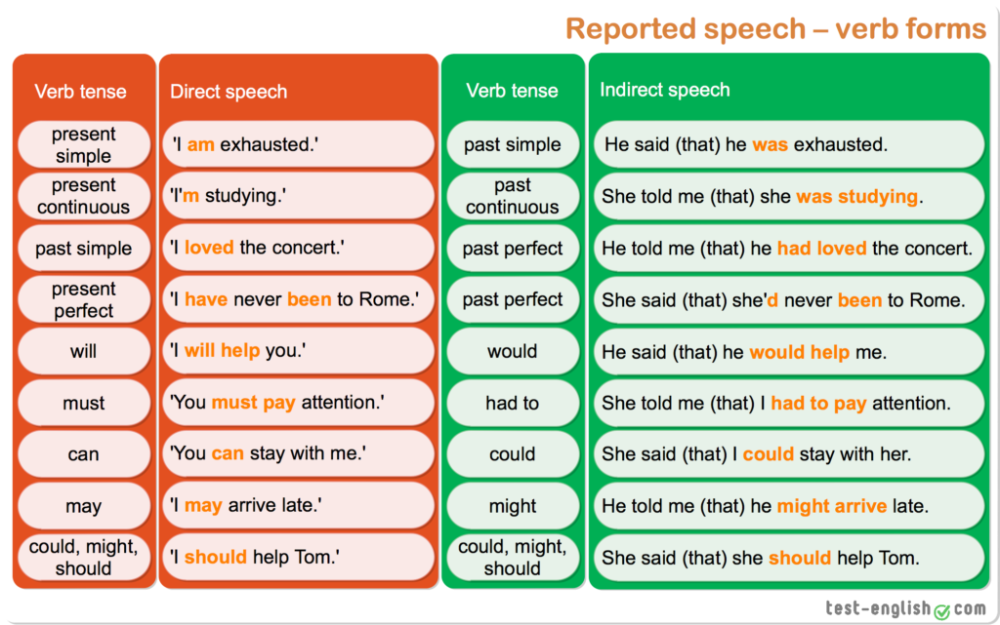 In effect, oxytocin halts housekeeping activities and lets the brain rewire itself; which you now know, is fundamental to learning.
In effect, oxytocin halts housekeeping activities and lets the brain rewire itself; which you now know, is fundamental to learning.
Curiosity and subjectively important information tap into the brain’s salience network. This network engages dopamine-based brain regions involved in emotions, cognition, motivation, and rewards. It also integrates sensory information from the environment as well as imagination (internal voice, images, hypothetical scenarios). This network frees-up attention and memory resources, probably to act toward self-directed goals like achieving, filling the curiosity knowledge-gap, having fun, solving problems, etc. Curiosity promotes memory formation for information one is curious about as well as related information. Memory recall is stronger when curiosity leads to surprising answers. That is why creating a chance to explore one’s curiosity can improve learning with a side effect of feeling good about it – the brain is readily willing to do that.
The Anterior Insula (the seat of the salience network) also enables the switching between 2 other important brain networks that have unique functions. 1) The default mode network – active during daydreaming, mind-wandering, sitting idly, thinking about personal events. 2) The central executive network – mobilizes attention and memory to focus on information. The salience network helps in switching between the two by accounting for motivational signals. When one network is on, the other one is off. They work one after the other to create a deeper understanding because they take-in information from life-experiences, emotions, senses, thoughts, and everything in between.
This is roughly the extent to which we know why fun, engagement, and enjoyment in learning helps students learn better and teachers teach better. These insights inform a new pedagogy of teaching called “Brain-based learning” and also explain why students benefit from teaching aids.
How To Make Learning Fun
- Use the SHoP rule – Surprise, Humor, and Play
- Make the environment conducive to social interactions
- Engage in simple physical activities like asking students to do something trivial
- Use pop culture references
- Connect real-life moments to fictional lecture moments
- Exaggerate points, add a dramatic flair
- Mix emotions and transition between high intensity, curiosity, neutral, and mike-drop moments. Transitions are important, keeping a single emotion on for too long won’t help much
- Use props & games
- Develop a persona to play with student and teacher expectations & a unique style to build familiarity
- Use memes
- Develop relationships
These are just some ideas to get you started. Let your creativity guide you.
Summary
- An enhanced mood increases cognitive flexibility, makes learning pleasurable by default and improves your attention in ways you want it to.

- Having fun and being excited about learning increases brain-activity of neurons that use Oxytocin (pleasure hormone), Dopamine (reward, motivation, learning, senses, thinking hormone), and Norepinephrine (energizing, attention hormone) which improve learning and memory.
- A stress-free and safe but exciting environment reduces the impact of the amygdala which would otherwise prevent the information from reaching higher brain-regions for detailed processing. Stress and anxiety compromise the capacity to learn by redirecting resources for survival or body-maintenance.
- Novel and engaging activities can direct the reticular activating system to avail more resources for processing information.
- Tapping into curiosity and relatable experiences engage 3 brain networks which, by default, process information at multiple levels. Without tapping into it, there may be a compromise in the quality of learning.
- Long-term memory is built upon sensory information and descriptions using language.
 Richer sensory and language layers make richer memories which last longer and are easier to remember.
Richer sensory and language layers make richer memories which last longer and are easier to remember. - The human sensory system has evolved to mix and work with multiple senses at the same time. Limiting sensory inputs can prevent the potential benefits of holistic learning.
P.S. My closest friend and an English language teacher, Prerna Gaikwad, wanted to explain to her students how having fun and developing curiosity helps learning. Like her, most teachers know its value and emphasize it. But she wanted to explain the deeper causes and mechanisms to her students, so she asked me a question not many think about – Fun is good; we all know that; it creates better learning outcomes. But why does it create better outcomes? What is so special about fun and liveliness at the deepest psychological/biological level that helps us learn better? That got me thinking and kick-started one of my deepest research dives to pinpoint the answer to why and how fun helps and what mechanisms underlie this common knowledge. A quick google search did not give satisfying answers, reading dozens of papers gave some insight but no direct answer. Cognition Today thanks her for asking a profound question and is happy to provide an answer to all those who seek it. Please share this article if you found this explanation satisfying.
A quick google search did not give satisfying answers, reading dozens of papers gave some insight but no direct answer. Cognition Today thanks her for asking a profound question and is happy to provide an answer to all those who seek it. Please share this article if you found this explanation satisfying.
Was this useful?
Average rating 5 / 5. Vote count: 10
We are sorry that this post was not useful for you!
Let us improve this post!
Tell us how we can improve this post?
Aditya Shukla
Hey! Thank you for reading; hope you enjoyed the article. I run Cognition Today to paint a holistic picture of psychology. My content here is referenced in Forbes, CNET, Entrepreneur, Lifehacker, a few books, academic courses, and research papers.
I’m an applied psychologist from Bangalore, India. Love sci-fi, horror media; Love rock, metal, synthwave, and pop music; can’t whistle; can play the guitar.
APAHarvard
Shukla, A. (2019). Why Fun, Curiosity & Engagement Improves Learning: Mood, Senses, Neurons, Arousal, Cognition. Cognition Today. Retrieved from https://cognitiontoday.com/why-fun-improves-learning-mood-senses-neurons-arousal-cognition/.
(2019). Why Fun, Curiosity & Engagement Improves Learning: Mood, Senses, Neurons, Arousal, Cognition. Cognition Today. Retrieved from https://cognitiontoday.com/why-fun-improves-learning-mood-senses-neurons-arousal-cognition/.
Shukla, A. (2019). Why Fun, Curiosity & Engagement Improves Learning: Mood, Senses, Neurons, Arousal, Cognition [online]. Available from: https://cognitiontoday.com/why-fun-improves-learning-mood-senses-neurons-arousal-cognition/ [accessed October 22, 2019].
Help me run this site with a donation :)
Why Entertainment is Essential for Adult Education
The idea of fun in learning or fun in education can be a hard one to grasp. Yet, at heart, we all know that learning is fun. Or, at least, it should be. It shouldn’t be so hard to learn and have fun, should it?
Do you remember the last time you sat down just to learn something new or improve your skills at work? Though the idea of self-development is exciting, the process is usually a bit dull. There’s a lot of hard, boring work to do before you can reap the rewards. Sometimes it’s tough to motivate yourself.
There’s a lot of hard, boring work to do before you can reap the rewards. Sometimes it’s tough to motivate yourself.
Winston Churchill said, “Personally, I’m always ready to learn, although I do not always like being taught”. This is how most of us see learning and development. That’s because the approach to training hasn’t evolved since Churchill was yawning at the back of a classroom. The thought of accessing an online learning platform probably doesn’t fill you with a sense of giddy joy.
Shouldn’t we be excited to unleash superpowers we never knew we had? Shouldn’t we wake up each morning wondering what new lessons the day might bring? If that’s the case, why is corporate training so… well… corporate? So how do we make learning fun for adults?
The Science of Fun in Learning
In fact, when learning is fun, you can see a positive influence on both your learners and organisation! After all, fun has a positive effect on motivation levels, determining what we learn and how much we retain.
Learning isn’t a one-off event. It requires repetition and dedication. If the experience is fun, learners will stay curious and keep coming back for more.
As such, your training programme needs to fun! We even argue that if it isn’t, learning won’t be effective. That’s not just a sneaking suspicion – it’s a cold, hard, scientific fact.
- A study in the journal, College Teaching, found that students could recall a statistics lecture more easily when the lecturer added jokes about relevant topics.
- In her book, Neurologist, Judy Willis showed how fun experiences increase levels of dopamine, endorphins, and oxygen – all things that promote learning.
- In a study for the Journal of Vocational Behaviour, Michael Tews found that employees are more likely to try new things if their work environment is fun.
- Dr Laura Kubansky has undertaken research which demonstrates that fun is good for your health.
- Many influential researchers (Dulay & Burt, 1977; Krashen, 1982) have found evidence that people learn better when they’re feeling strong positive emotions.
The science proves it, learning is fun. So take the hint and make your training exciting!
These are just five examples from the masses of research into the impact of making an enjoyable learning experience. Though it’s a small sample, it’s clear to see the impact that fun can have on learning effectiveness, memory retention and in promoting self-led learning. So why not let your students and learners have some fun in the classroom?
Practical Examples of Fun in Learning
If an academic study doesn’t do it for you, how about some real-world examples that showcase the effect of fun on human behaviour?
1. Volkswagen – Gamified Staircase
As part of their ‘Fun Theory’, Volkswagen turned a staircase into a giant fully-functioning piano keyboard. The result? 66% more people chose the stairs over the escalator. This just goes to show that fun can change the way people behave in a situation that would otherwise be a boring chore.
2. HubSpot – Rooftop Meetings
HubSpot’s CEO has a small rooftop terrace where the team gathers for beers after work. Why? Because Brian, the CEO, believes that these meetings led to the company’s success. They bonded the team together and made work a more sociable place to be.
Why? Because Brian, the CEO, believes that these meetings led to the company’s success. They bonded the team together and made work a more sociable place to be.
3. Gigantic Ball Pit Downtown
To test if senior business executives still cared about having fun, Mark Gagnon installed a giant ball pit in a business area. What he found was that inside each business person in a suit there’s a carefree fun-lover desperate to get out!
4. LinkedIn – Walk & Talk
LinkedIn introduced walk & talks where team members can take a stroll to catch up or have meetings. It’s a great way to introduce some exercise into the workday and it releases fun-inducing endorphins. These hormones help us to reduce stress, improve health and make people happier.
5. Hendrick – Gamified Learning Platform
Hendrick Automotive launched their H.A.L.O. platform in July of 2015. The gamified elements in the LMS boosted engagement and supercharged learning throughout the company.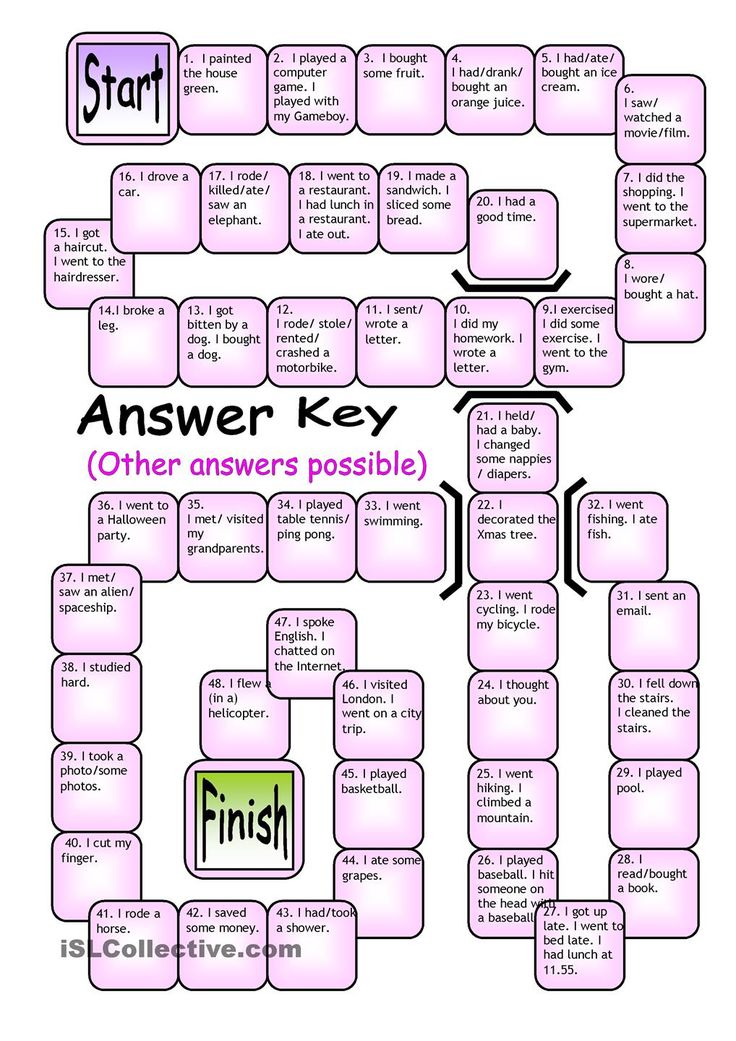
This all helped make the last quarter of the following year was the most successful in Hendrick’s 40-year history. Read the full case study here.
Importance Of Having Fun While Learning
Life without laughter, entertainment and fun would be grey and downright dull! And we can all agree that life’s too short for boring! As such, it only makes sense to ensure your organisation has room for fun.
Fun at work can take many forms. So, let’s explore some of the ways a little fun can make a big difference.
1. Skyrockets productivity
It’s probably not a surprise that a fun working environment makes us happier at work. And this can have a big influence on your organisation!
The good news? Happy employees are 12% more productive! The great news? It’s not just happiness that increases positivity. Research shows that simply having a good laugh makes us more productive and boosts accuracy.
As such, next time you have an afternoon of hardcore spreadsheets, or back-to-back calls ahead of you, an impromptu #joke-off could be just the motivation you need!
2.
 Less Empty Seats
Less Empty SeatsNo, we’re not talking about Musical Chairs Monday (but while we’re at it, that sounds like an awesome idea!). We are talking about the fact that more fun in the workplace leads to lower staff turnover and less time off sick.
In fact, research suggests that 62% of people who engaged in fun activities at work had taken no sick days in the last three months compared to 38% of people who had not taken part in the fun at work. As such, organising fun activities at work and making sure your company culture is relaxed and supportive can help you to reduce costs related to hiring processes or hiring temporary workforce.
3. Raised Resilience
Whether you’re facing a business crisis, a bad day at the office or just a bad hair day – resilience is essential in times of adversity. That’s where laughter and fun can help! After all, we know by now that it’s good for our health and wellbeing.
In fact, a hearty chuckle can lower stress and boost immunity. And did you know that our muscles relax for up to 45 minutes following a good giggle? Encouraging a positive office culture that advocates fun and laughter helps protect staff against the stresses and strains of day-to-day working life.
And did you know that our muscles relax for up to 45 minutes following a good giggle? Encouraging a positive office culture that advocates fun and laughter helps protect staff against the stresses and strains of day-to-day working life.
4. Increases Creativity
All work and no play makes Jack a dull boy. It’s true – without a little fun in the office people become dull and uninspired. And that means that their creativity suffers. In contrast, 55% of staff who’ve taken part in a fun activity in the last 6 months feel more creative.
A workplace where people feel free to laugh, helps people feel free to share their ideas. This, of course, results in a culture where ideas bounce back and forth effectively. It’s clear a little fun can make all the difference when it comes to business innovation.
5. Varied Activities Cater To All
Fun means different things to different people. Some people’s micro scooter may be another person’s Harley Davidson. Some people’s snowboarding dream-getaway might be another person’s vertigo nightmare. So, what does fun look like for your employees and learners?
So, what does fun look like for your employees and learners?
Firstly, most people like to have fun but some like it more than others. 79% of millennials think fun at work is important, compared to only 55% of older staff.
On top of that, fun looks different depending on your role within the company. For example, only 14% of business owners see dress-down days as fun compared to 29% of graduates. The research also shows business owners are less likely to value fun at work than employees.
As such, next time you’re planning the company wellbeing strategy, staff conference or social – it’s important to ask people what they want.
This is the only way to make the fun meaningful and inclusive! It helps you to ensure everyone’s ideas of a good time are represented and celebrated equally. This fosters a working environment of inclusion, diversity, Epic Meaning, and of course, shed loads of fun!
6. Make Fun a Habit
We can’t simply look around a grey office and think ‘It’s miserable in here – we need to spice things up.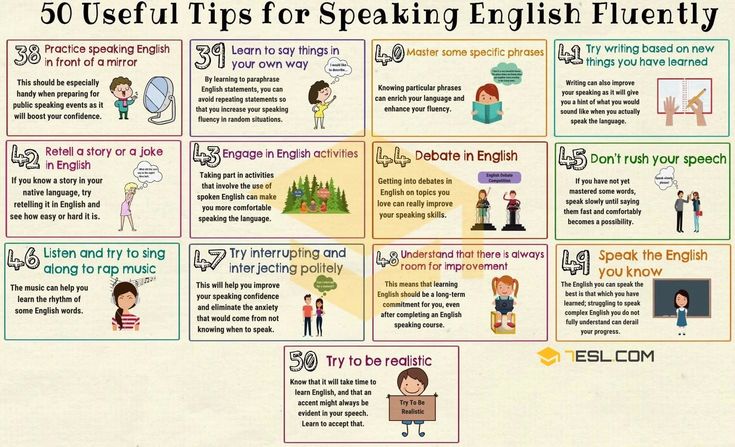 Let’s organise a team away day, party or dance-off (insert random, one-off event of your choice here).’ Those activities will probably boost morale temporarily but how long will this serotonin high last?
Let’s organise a team away day, party or dance-off (insert random, one-off event of your choice here).’ Those activities will probably boost morale temporarily but how long will this serotonin high last?
For fun to translate into happiness and success, it needs to become a habit. As such, make fun part of the company culture. And of course, make it part of the learning culture to keep your staff happy, engaged and motivated!
How can Learning Technology Help?
Too large, scattered or remote to make this happen throughout your company? Don’t worry! Learning technologies can help bring all this fun to your staff wherever they are.
1. Gamification
What could be more fun than a good game? Gamification, the application of gaming mechanics to non-game environments, allows you to bring all the fun of the Zelda and Angry Birds, straight to your learning management system (LMS). Points, levels and rewards will keep your learners engaged and motivated.
2.
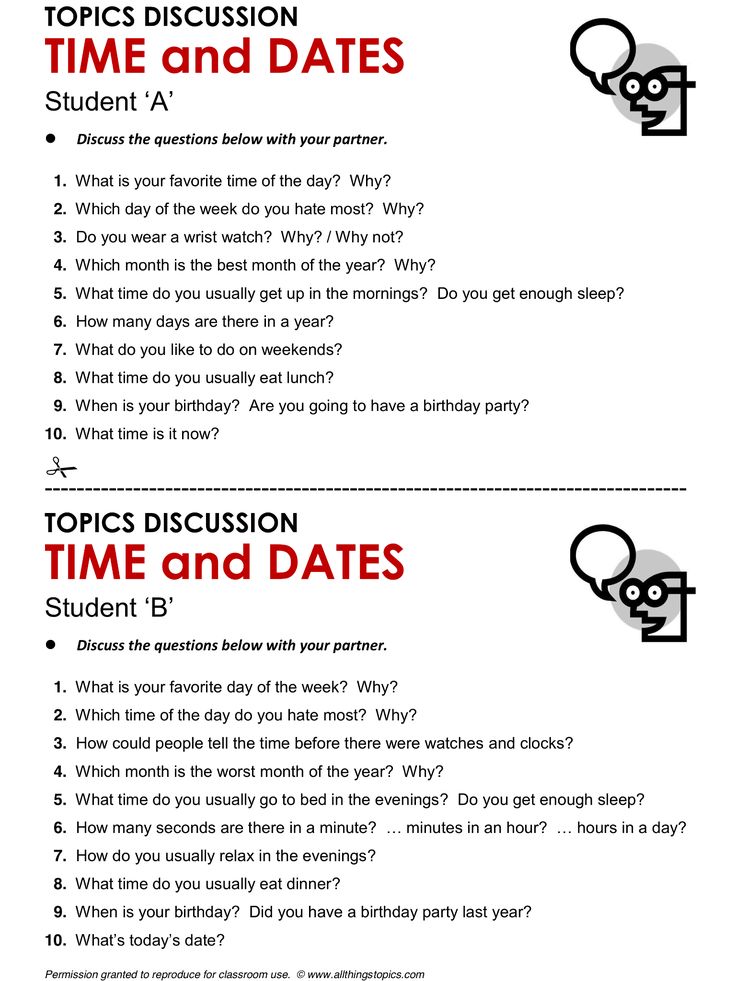 Social
SocialUse the power of social learning to bump up the fun element. Introduce chatrooms to your LMS. These allow learners to celebrate success, share ideas and cheer each other on.
And why not add a healthy dose of competition with a Leaderboard feature? It doesn’t just have to be about learning – why not take an idea from us at Growth Engineering and encourage people to share their favourite weekend selfie – best one wins!
3. Mobile Learning
Whether based at the company’s head office or in a remote wilderness out posting, people can stay connected to the fun wherever they are with mobile learning. Mobile means that no one has to miss out the Leaderboard top spot, office #JokeOff marathon, or the latest company competition.
Learning is Fun: Engagement is the key!
Fun, pleasure, excitement — call it what you will, the essential ingredient in any training endeavour is engagement. When it comes to talent management if you don’t spend the time to make the learning experience a compelling and enjoyable one, how can you expect your learners to spend any time on it?
Unlocking engagement in your learning platform isn’t some dark art known only to mystics and seers – it’s actually a lot simpler than you might think.
In fact, after nearly twenty years perfecting the recipe we’ve decided to share it in the form of a handy tip sheet. 150 Nifty Learner Engagement Tips will help you unleash the power of engagement in your organisation and engage your students.
How to have fun and learn with a smartphone
By afmedia Reading 4 min Views 44 Posted on
It's easy to dismiss the idea that we spend too much time on our phones. But we also spend a lot of time traveling, at work, or downtime in the evenings, when our smartphone can be a source of entertainment and education.
Smartphones are not only superficial entertainment, but also powerful learning tools. So, here is a guide on how to have fun and get educated from your smartphone.
Content
- Media & Streaming
- Language Learning
- Books
- Educational Games
Media & Streaming
There are many distributors that can supply an endless stream of content to your smartphone. Here are the main platforms to consider:
Here are the main platforms to consider:
- Podcasts
- Youtube / Netflix / Amazon
- Spotify
- iPlayer
- Audio
- Radio
Having a pair of noise canceling headphones adds a lot of value to your smartphone. For example, by choosing interesting documentaries, you can hear every word, despite the fact that you are on a crowded train or a departing plane. Active noise cancellation emits white noise in response to external sound to create silence inside the earcups. So you can enjoy media without distraction, even if your partner turns on the TV very loudly.
Podcasts are a rapidly growing way of consuming content, and even the most famous TV hosts and comedians are turning to podcasts as a form of income. Podcasts are almost always free and cover just about any topic imaginable. Whether you want to learn about economics, history, military strategy, languages, current events or wildlife foraging, you are just a few clicks away. Almost all of the above media can also be downloaded for offline use, with the exception of the radio, of course.
Almost all of the above media can also be downloaded for offline use, with the exception of the radio, of course.
At this link you can listen to radio online for free. Here are collected all the most basic Russian-speaking stations broadcasting on the Internet.
Language learning
One of the most powerful things that smartphones can do is to become a language learning device. The outdated art of reading foreign phrasebooks is no longer as effective as the more dynamic forms of language learning resources that are increasingly being used for entertainment purposes.
For example, apps like DuoLingo turn language learning into fun animations, leaderboards, daily streaks and high scores. It's also incredibly difficult now to travel to other countries to enjoy a language, so instead we can use our phones to consume media. Foreign newspapers, music, movies and many other media can be used with instant translation and subtitles. In addition, some apps make pen pal relationships easier when you can chat via instant messaging with someone on the other side of the world in their language.
Books
Smartphone screens are getting bigger these days. Many people flinch at first at the thought of reading a book on their phone, even though these are the same people who spend hours reading social media posts and news articles on the same screen. It's likely that they read as many words on their phone as they read an entire book every few days. With dimming apps, we can read more easily and sleep less.
If you have a big reading list but don't have the time, Blinkist is perfect. They provide 15 minute insights, summarizing key themes from the book. This may seem like a significant reduction in content, and it is, but 15 minutes is often enough to get the gist of the book, especially in self-development books based on rules and snippets.
Educational games
There are thousands and thousands of games in the App/Play store. Mind games are a genre of games that are designed to challenge your ability to solve problems and recognize patterns.
Sudoku is a classic, but there are many innovations in the mind game genre. It is also possible to compete against other users online with games such as the Facebook Messenger quiz.
Wider and more unique games are also great for testing your knowledge. For example, GeoGuessr is a game where you navigate somewhere in the world using Google Street View and you have to figure out where you are. Using road signs, the language of store signs, scenery, the sun, a compass, and other elements of your surroundings, you can decipher the meter where you think you might be. From here, you place a pin on a 2D bird's eye view map and see how close you are. Among many others, there are also language guessing games.
In a word, it's time for you to stop considering your smartphone only as a means of communication. It is high time for him to become an assistant in your self-development.
- Read on Autofocus — Scientists have analyzed the dependence of people on smartphones: the smart get smarter, the stupid get dumber (Gl)
Solar system for children: they will learn while having fun!
Children are very curious and they never stop learning if their learning has the novelty of wanting to explore their solar system, we can say what to teach secrets of space and planets around us.
A lot of technical stuff that can help us, yes it's true that today's kids are very interested in technology and here we have an argument in favor because we have many options so that they can recreate their spatial perception. There are stories, applications, small computer programs and many games, because the purpose of these children is to learn, have fun and play.
Index
- 1 What is the best way to study?
- 2 Games and examples to learn:
- 3 Solar system for mounting
- 4 With books and stories
- 5 With application or applications
- 6 Children's computer games using chips
What is the best way to study?
Any idea is good, As I said, there are an infinite number of ways, and you can always start with the one you find convenient, and your child's learning lifestyle, If you don't think it will work, you can always teach it another way.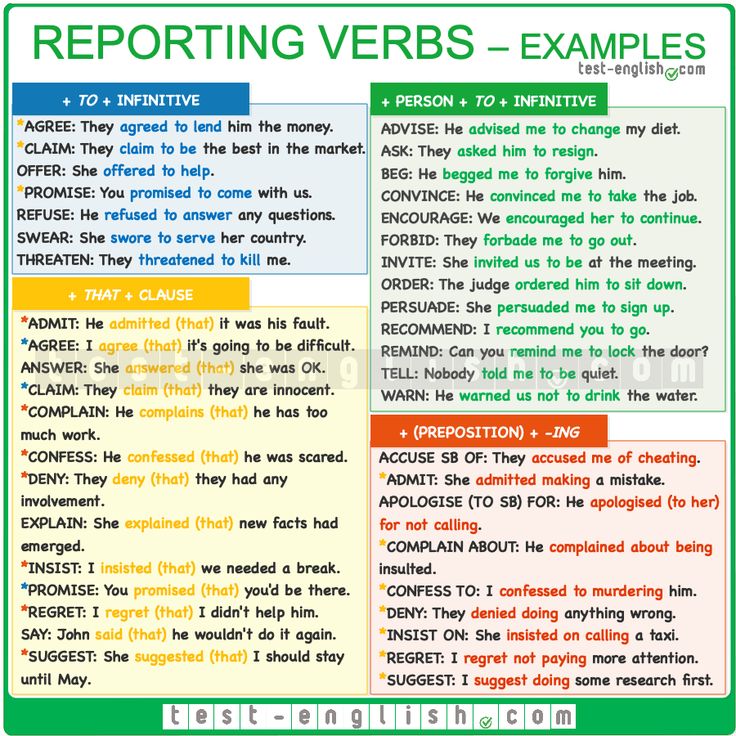
Start at age level and study For each child you can start with drawings and drawings of planets that are very similar and round, you have to make them look up into the sky so they know it is something real. If you have somewhere to visit in your area , you can also use this visit to dispel your doubts, it will always be is another fun and special moment.
Games and examples to learn:
Solar system for mounting
Imaginarium photo
If you already have a little idea about the structure of our System, we can buy him an interactive game so that you learn to know it. This is a good game, teach them how to assemble and paint the parts. They will know where they are and how big each planet is, but on a small scale. There are many games, but this game I found it to be a very curious and creative example.
With books and stories
We can always have them on hand if the child has discovered a curiosity in reading. is the best way to learn , you can always watch it again and again and its way of illustration is very creative, is full of colors and some are even presented with a pop-up , a technique that teaches you how to draw in 3D and with moving areas, so they can have fun. Here you have a very funny book, so you can communicate with your child in a fun way.
is the best way to learn , you can always watch it again and again and its way of illustration is very creative, is full of colors and some are even presented with a pop-up , a technique that teaches you how to draw in 3D and with moving areas, so they can have fun. Here you have a very funny book, so you can communicate with your child in a fun way.
With application or applications
This form of fun might be one of your favorites as they do it through the app but it is designed so that the game is didactic and interactive. All of them will travel through the solar system, starting with the Sun and ending with the last planet. Like all games, they will have to overcome different levels to pass open the next test and meet the next planet. Here I leave you a very funny application.

